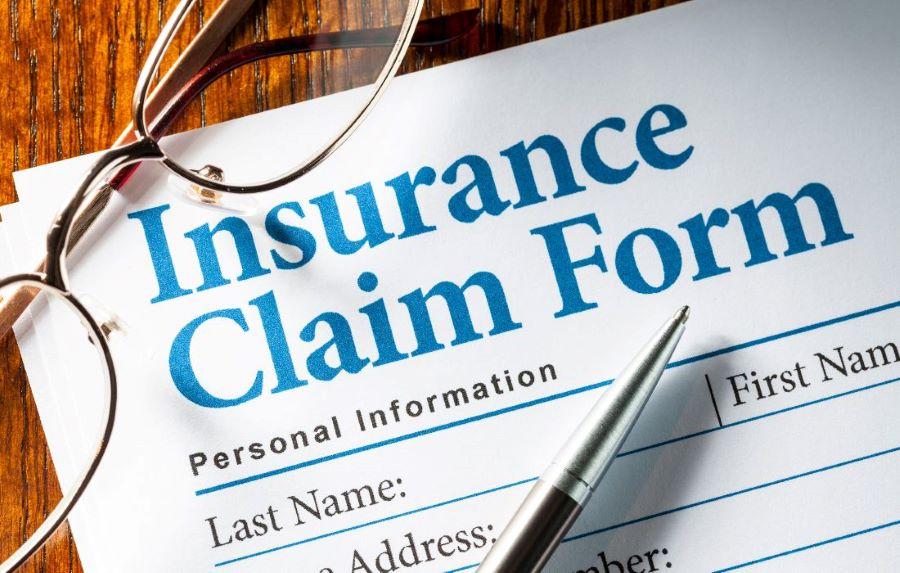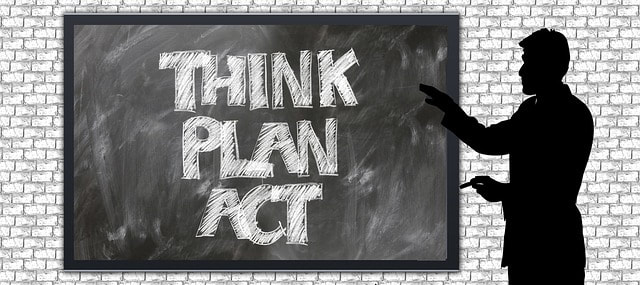We’ve all been through fire drills at school or the office, but let’s be honest—how many of us are that prepared at home? September is National Preparedness Month, and it’s the wake-up call we all need. A little foresight can go a long way in keeping you and your loved ones—furry friends included—safe and sound.

The Power of Knowledge: Crafting Your Emergency Plan
National Preparedness Month is the ideal time to create your family’s emergency plan. Start with a family meeting to discuss potential risks and solutions. Create a map of your home to identify escape routes. Designate an easy-to-remember meeting spot for post-evacuation. Assign roles to each family member for grabbing essentials and pets. Regularly revisit and update your emergency plan to adapt to life changes.
Your plan should also include having access to emergency alerts. Stay prepared for any emergency. This hand turbine rechargeable radio features AM/FM and all seven NOAA weather band stations. Its “Alert” function automatically broadcasts crucial weather updates for your area, including hurricanes, tornadoes, and severe storms. It also has a USB port, which enables it to charge other devices.
Digital Preparedness: Safeguarding Important Documents
Think of cloud storage as your digital filing cabinet, a secure place where you can keep all your important documents just a click away. But don’t stop at a strong password; add an extra layer of security with two-factor authentication—it’s like having a double lock on a safe. And let’s be honest, tech glitches happen, so keep an offline backup on an external hard drive for those “uh-oh” moments. Regularly updating your important documents is as essential as a car tune-up, and if you’ve got sensitive info, encryption is your VIP security detail. It’s all about making your digital world as secure and accessible as possible so you’re prepared for whatever comes your way.
What to Pack: Your Emergency Kit Essentials
Think of this as packing for the most important trip of your life. Stock a to-go bag with essentials like non-perishable food, water, a first-aid kit, and necessary medications. And let’s not forget about special items for pets or family members with specific needs.
In emergency preparedness, a meticulously assembled emergency kit is your frontline defense. Start with the basics: a 72-hour supply of non-perishable food and water. Add a first-aid kit that goes beyond just band-aids—think antiseptics and pain relievers. Your digital preparedness comes into play here, too; include waterproofed copies of important documents like IDs and insurance policies. If you have pets or family members with special medical needs, their supplies are non-negotiable additions. Round out your kit with versatile tools like a multi-tool and flashlight, as well as season-specific items like sunscreen or thermal blankets. In essence, your emergency kit should be a slim-down version of your life’s essentials, thoughtfully curated and organized. This level of preparedness is something your future self will be grateful for.

Insurance and Financial Preparedness: Your Safety Net
When it comes to emergency preparedness, the last thing you want to worry about is money. Your financial safety net is just as crucial as your physical supplies. Start by building an emergency fund, with enough to cover at least three to six months of living expenses. It’s smart to keep some cash in a safe location at home, and smaller bills are preferable. During emergencies, ATMs and credit cards might not be reliable options for buying necessities like food or fuel. Having cash can make all the difference when you’re in a bind. Make sure your insurance policies, whether for home, health, or auto, offer comprehensive coverage tailored to various emergency scenarios. Create an inventory of your belongings. Creating a detailed home inventory is essential for insurance claims and future home-selling processes. This platform allows you to easily document and value your assets, ensuring you’re adequately insured and prepared for any situation.
Emergency Preparedness in Action: Running Home Drills
With all this in place, practice your emergency plan with your family. Ensure you include pets and pack belongings as you would if the emergency was real. It’s just like a fire drill in school. Consider timing your practice sessions to know how long it takes to implement. This can help you plan ahead and also provides some friendly competition to complete the plan more quickly, meaning everyone gets to safety sooner.
No one wants a disaster to happen, but being prepared can help you get through it with less stress, knowing your loved ones, pets, and most valuable possessions are safe and secure.









